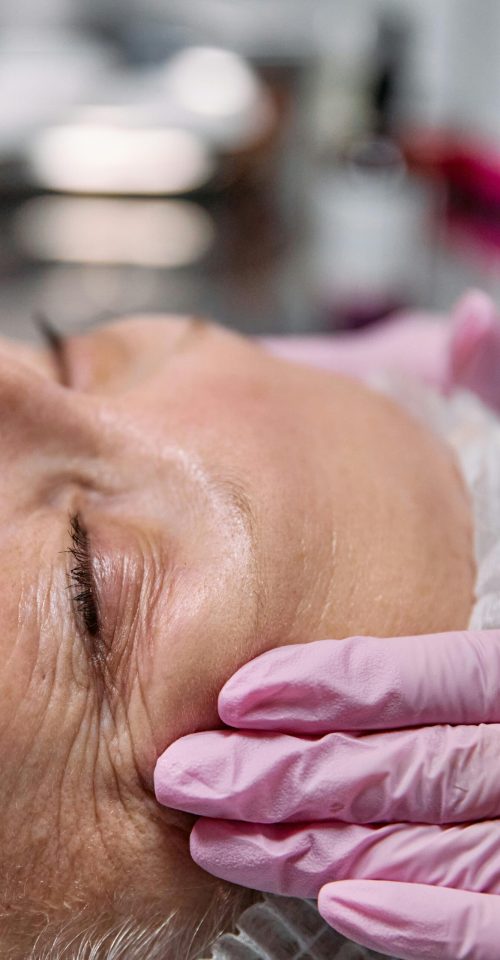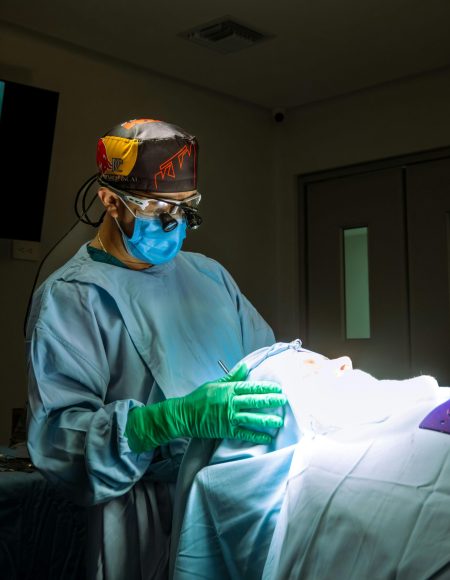Cerebral Palsy Treatment in Delhi
MBBS, MS (General Surgery), M.Ch. Neurosurgery. A neurosurgeon with over 10 Yrs. years of experience Awarded as the best resident in Neurosurgery and was a regional & zonal winner at TYSA neurosurgery.
Cerebral Palsy means damage to the brain that weakens the feet, arms, and neck muscles. The cause of the brain damage is hard to identify, whether it happens while the fetus is in the mother’s womb, at birth, or a few days after birth. Cerebral Palsy cause is usually congenital and comprises a major chunk of it. Cerebral Palsy is a life-long disorder, and assemblies of early appropriate intervention and proper management practice are crucial for the quality of the patient’s lives affected by Cerebral Palsy.
Here, we are putting together the types, symptoms, and management of cerebral palsy, as you can see below
Types of Cerebral Palsy
Cerebral palsy can be classified into several types based on the predominant movement issues and affected body parts:
Related Treatments
- Brain Tumor Surgery
- Neuro Infections
- Spine Disorders
- Cerebral Palsy
- Dementia Treatment
- Stroke Paralysis
- Brain Hemorrhage Treatment
- Parkinson’s Disease
- Dementia Treatment
1. Spastic Cerebral Palsy:
It is the most common type of cerebral palsy usually recognized by a bad posture which is too rigid along with too tense muscles. Thus, muscles will be tonically contracted which results in abnormal posture.
2. Dyskinetic Cerebral Palsy:
It is characterized by involuntary movements or tremors. Type 1, where there is muscular dysfunction, and there are no particularly conscious and focused movements unlike type 2. The most challenging part of type 2 is to restrain uncontrolled body movements while patient tries to attempt a voluntary purposeful act.
3. Ataxic Cerebral Palsy:
This is one of the most challenging types of Cerebral Palsy, affecting the person’s balance and coordination. They may have issues with depth perception. Movements are problematic – motion can be slow or shaky.
4. Mixed Cerebral Palsy:
Mixed Cerebral Palsy comprises combination of one or more of the above subtypes.
Diagnostic Symptoms
Cerebral Palsy Symptoms Include:
- A particular abnormality or an excessively contracted/relaxed muscle tone.
- Involuntary movements.
- Low muscle tone or motor delay, coordination problems. As such, maintaining cell adhesion and motility is a central problem that is to be solved by both stationary and mobile objects.
- Lack of power over the hands to write or to switch on the hands to be used to grasp.
- Lack of ability to communicate verbally, creating short sentences or even no sentences at all.
- Peculiar ways of walking include the toes-padding walk or a bent-over walk in some patients.


Treatment
In treating such diseases in which both neural and muscular complexities are involved, the physician’s role becomes more significant. Dr Pranjal Pandey from Delhi is a renowned, award-winning neurologist and cerebral palsy doctor. His expertise in cerebral palsy treatment has helped many neurological patients get over their ailments.
Cerebral palsy treatment plans are made taking into account the peculiarities of the patient and may be broadly classified to meet their specific needs, the list below discusses the classic and the newest treatment for cerebral palsy:
- Physical Therapy: Physiotherapy is not only aimed at the recovery of lengthy movement improvement, muscle strengthening, muscle reactivation and coordination, but also its result is connected to physical exercises to reach the best physiological results in the immediate and future.
- Occupational Therapy: As part of their duties, occupational therapists teach patients with cerebral palsy some strategies, which, for example, include their transferring, dressing, eating, and writing skills, by working on their fine motor skills and adaptive means.
- Speech Therapy: Speech therapists can address speech-related issues to improve articulation, make expressive communication more accessible, and teach correct messages.
- Medications: Even though the easiest thing to do for cerebral palsy patients could be to take medications, they are still among the solutions that support patients with these inconveniences. Numerous symptoms can affect the affected person’s body, such as spasms, seizures and pain, which are, unfortunately, common symptoms in people having cerebral palsy.
- Orthotic Devices: In a particular case, the therapist may recommend being tied to this splint or mechanical orthotic device to counteract wasting the progression and offer better posture improvement.
- Surgery: Here, some methods of cerebral palsy surgery like muscle lengthening, tendon transfer, or orthopedic surgeries are applied to improve mobility and correct deformities.
In addition to formal treatments, various management techniques can help individuals with cerebral palsy navigate daily life and maximize their independence: In addition to formal treatments, various management techniques can help individuals with cerebral palsy navigate daily life and maximize their independence:
- Assistive Technology: Media, like wheelchairs, walkers, communication devices, or computer interfaces adapted to users’ needs, are meant to help individuals with cerebral palsy to participate in performances and exchange messages easily.
- Adaptive Equipment: Tweaking how each utensil, tool, and piece of equipment works can help those individuals with physical difficulties perform their daily uses better.
- Environmental Modifications: Modifications done to the house or school, for example, adding ramps, railings, and adjustable seats, would make it easier for persons to reach a place of safety.
- Support Services: Social services, support groups, education, and vocational rehabilitation may increase awareness of available resources, improve self-esteem, and structure community life.
- Healthy Lifestyle Practices: A balanced diet, physical activity within personal possibilities, and surrounding conditions such as respiratory or musculoskeletal problems are necessary for well-being.

Contact Dr. Pranjal Pandey Today
Conclusion
To sum up, Cerebral Palsy is a multifactorial condition that calls for a multi-member team schedule for the treatment and management. Whilst there may not be a one-off solution, early intervention, continuous involvement in therapy sessions, and coping mechanisms, strategies may be great moves in providing cerebral palsy individuals with the opportunities to embrace life fully and reach the optimum levels of ability.
Practitioners like Dr Pranjal and medical researchers worldwide hold guardianship against this neurological condition. We can also play our part by helping inform the public and promote communication, which will develop our society into a more supportive and accepting environment where people with all abilities can find their place.
If you need any assistance on Cerebral Palsy do reach out to Dr. Pranjal Pandey in Delhi. He can help you with the best treatment of the same, thus without any further delay visit now!
